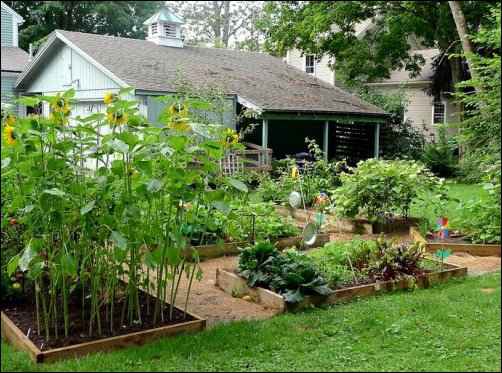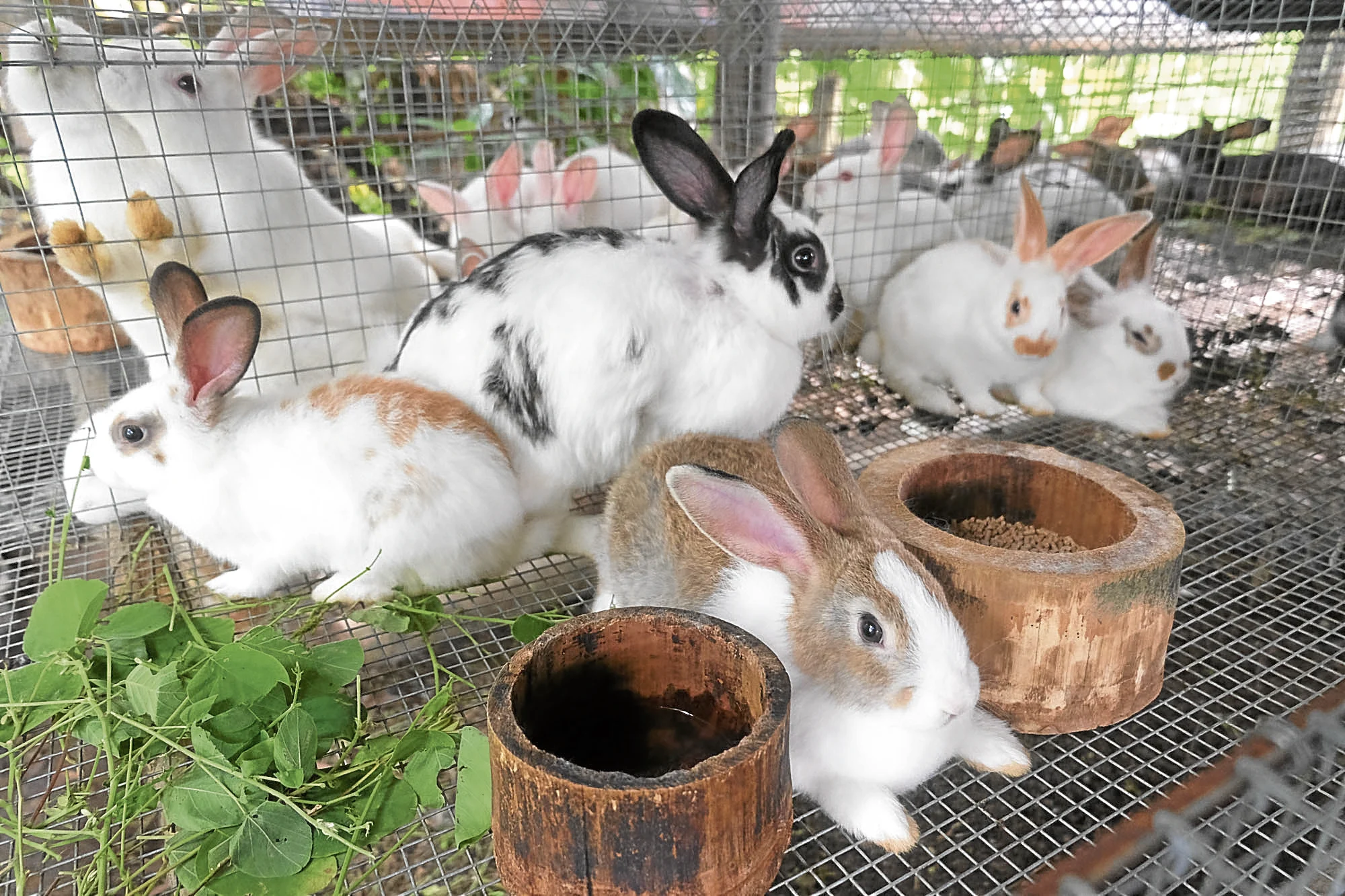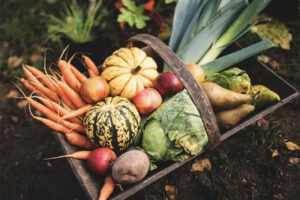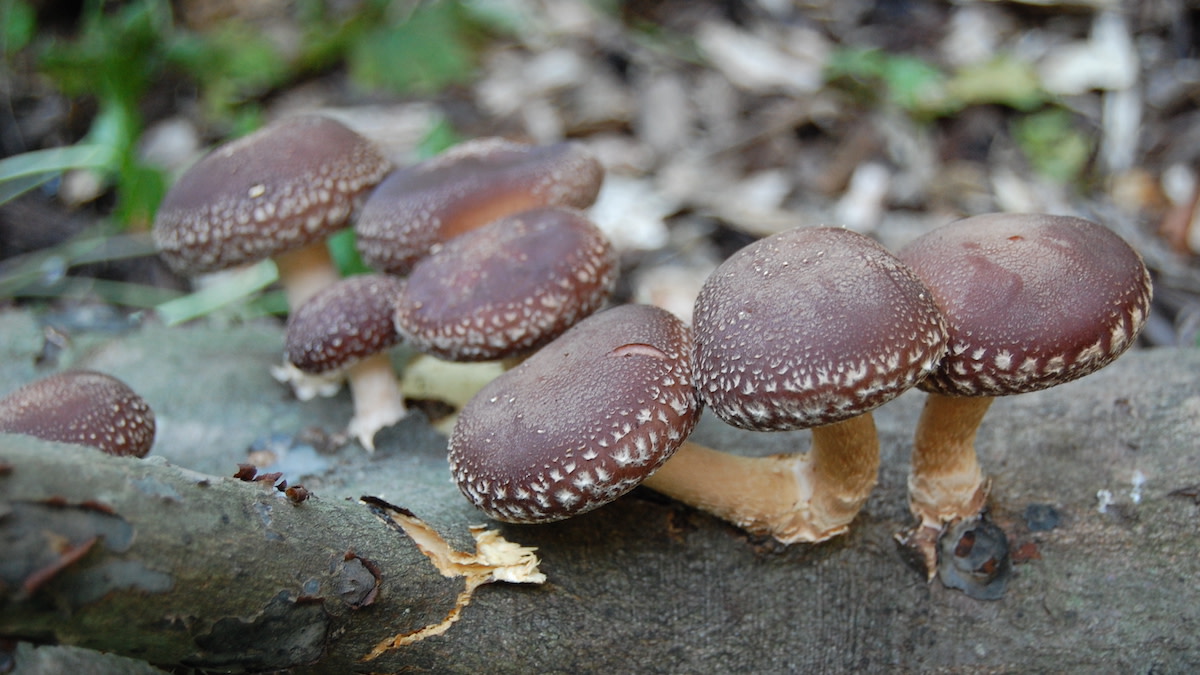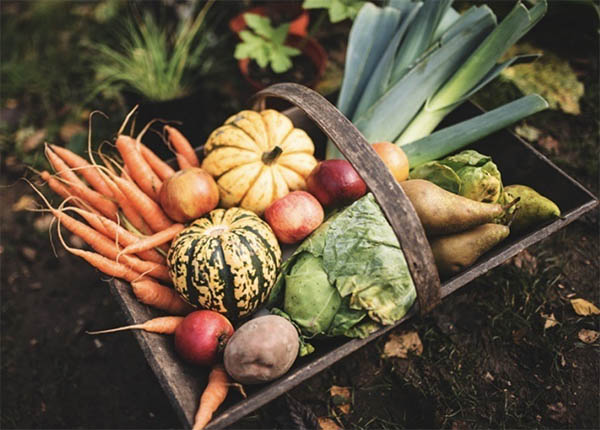I love gardening, and there’s nothing more satisfying than harvesting fresh produce from my own backyard. However, getting the most out of my garden isn’t always easy. It takes some planning and effort to maximize the yield of each plant. Over the years, I’ve learned some tips and tricks that have helped me get the most out of my garden harvest.
Here are five of my favorite strategies.
Choosing the Right Plants
As a gardener, I know that selecting the right plants is crucial to maximizing the yield of your garden harvest. Here are a few tips to help you choose the right plants for your garden:
Selecting Plants for Your Climate
Before choosing plants, it is important to consider your climate. Some plants thrive in cool temperatures, while others prefer hot and humid conditions. In my experience, it is best to choose plants that are well-suited to your climate, as they will be more likely to grow and produce a high yield.
To determine which plants are best for your climate, you can consult a gardening guide or talk to a local expert. You can also check the USDA Plant Hardiness Zone Map, which divides the United States into 11 zones based on average annual minimum temperature.
Choosing Plants with High Yield
Another important factor to consider when choosing plants is their yield. Some plants produce more fruit or vegetables than others, making them a better choice for maximizing your harvest.
In my experience, plants such as tomatoes, peppers, beans, and cucumbers tend to produce a high yield. However, it is important to choose varieties that are known for their productivity. For example, some tomato varieties produce more fruit than others, so it is important to do your research before making a selection.
In addition to choosing high-yield plants, it is important to space them properly in your garden. This will allow them to grow to their full potential and produce the maximum amount of fruit or vegetables.
Preparing the Soil
As a gardener, I know that preparing the soil is the most crucial step in maximizing the yield of your garden harvest. In this section, I will share some tips on how to prepare your garden soil for optimal plant growth.
Soil Testing
Before you start planting, it’s essential to test your soil’s pH levels and nutrient content. You can purchase a soil testing kit from your local garden center or get it done by a professional. Once you know the soil’s pH level, you can adjust it accordingly. Most plants prefer a slightly acidic soil with a pH level between 6.0 and 7.0.
Adding Nutrients to the Soil
After testing your soil, you may need to add nutrients to improve its fertility. The best way to do this is by adding organic matter such as compost, aged manure, or leaf mold. These materials will not only add nutrients to the soil but also improve its texture, making it easier for plants to grow.
Another way to add nutrients to the soil is by using fertilizers. According to Backyard Gardeners Network, fertilizers like 10-10-10 can be added at the beginning of the season in case of the absence of the soil test, to give your plants a boost. However, it’s essential to use them sparingly and follow the manufacturer’s instructions carefully. Overuse of fertilizers can lead to nutrient imbalances and harm your plants.
Mulching
Mulching is another essential step in preparing the soil. It involves covering the soil surface with organic matter such as straw, leaves, or grass clippings. Mulching helps to retain moisture in the soil, suppress weeds, and regulate soil temperature.
Preparing the soil is a crucial step in maximizing the yield of your garden harvest. By testing your soil, adding nutrients, and mulching, you can create an ideal environment for your plants to grow.
Watering and Irrigation
As a gardener, I know that watering and irrigation are crucial to maximizing the yield of my garden harvest. Here are some tips that I have found to be effective:
Watering Techniques
When it comes to watering, it’s important to strike a balance between too much and too little water. Overwatering can lead to root rot and other plant diseases, while underwatering can stunt growth and reduce yields. Here are some watering techniques that have worked well for me:
- Hand watering: This is the most basic and traditional method of watering. Simply use a watering can or hose to water your plants by hand. This method allows you to control the amount of water your plants receive and to target specific areas that need more water.
- Soaker hoses: Soaker hoses are a great option for watering large areas, such as rows of crops. They deliver water directly to the roots of your plants, reducing water waste and minimizing the risk of plant diseases.
- Mulching: Mulching around your plants can help to retain moisture in the soil, reducing the amount of watering needed. Use organic materials such as leaves, straw, or grass clippings to mulch your garden.
Drip Irrigation Systems
Drip irrigation systems are another effective way to water your garden. These systems deliver water directly to the roots of your plants, minimizing water waste and reducing the risk of plant diseases. Here are some tips for using drip irrigation systems:
- Choose the right system: There are many different types of drip irrigation systems available, so it’s important to choose one that is appropriate for your garden. Consider factors such as the size of your garden, the types of plants you are growing, and the amount of water your plants require.
- Install the system correctly: Proper installation is key to the effectiveness of your drip irrigation system. Make sure that your system is installed at the correct depth and that all components are properly connected.
- Monitor and maintain your system: Regular monitoring and maintenance of your drip irrigation system will help to ensure that it is working properly and delivering water to your plants as intended. Check for leaks, clogs, and other issues regularly.
Pest Control
As a gardener, I know how frustrating it can be to spend weeks or even months growing your plants, only to have them destroyed by pests. To maximize the yield of your garden harvest, it’s important to take steps to control pests. Here are some tips that have worked for me:
1. Identify the pests
The first step in pest control is to identify the pests that are causing damage to your plants. Different pests require different treatments, so it’s important to know what you’re dealing with. Some common garden pests include aphids, caterpillars, slugs, and snails.
2. Use natural remedies
Chemical pesticides can be harmful to the environment and can also kill beneficial insects. Instead, I prefer to use natural remedies to control pests. Some examples include:
- Companion planting: Planting certain plants together can help repel pests. For example, planting marigolds with your vegetables can help repel aphids.
- Homemade sprays: Sprays made from garlic, neem oil, or soap can be effective in controlling pests.
- Handpicking: Sometimes the best way to control pests is to simply pick them off by hand.
3. Practice good garden hygiene
Good garden hygiene can go a long way in preventing pest infestations. Some tips include:
- Keep your garden free of debris: Dead leaves and other debris can provide a breeding ground for pests.
- Rotate crops: Planting the same crop in the same spot year after year can lead to a buildup of pests and diseases.
- Clean your tools: Dirty tools can spread diseases from plant to plant.
4. Use physical barriers
Physical barriers can be an effective way to keep pests away from your plants. Some examples include:
- Row covers: Covers made from lightweight fabric can keep pests like caterpillars and aphids away from your plants.
- Netting: Netting can be used to keep birds and other animals away from your fruit trees and berry bushes.
5. Consider using traps
Traps can be a good way to control pests without using chemicals. Some examples include:
- Sticky traps: These traps use a sticky substance to trap flying insects like whiteflies and fruit flies.
- Beer traps: Slugs and snails are attracted to beer, so placing a shallow dish of beer in your garden can help control these pests.
By taking these steps to control pests, you can maximize the yield of your garden harvest and enjoy the fruits of your labor.
Harvesting and Storing Produce
When it comes to maximizing the yield of your garden harvest, it is essential to know how to harvest and store your produce properly. Here are a few tips that I have found helpful:
- Harvest at the right time: It is important to harvest your produce at the right time to ensure maximum freshness and flavor. For example, tomatoes should be harvested when they are fully ripe, while leafy greens like lettuce and spinach should be harvested when they are young and tender.
- Handle with care: When harvesting your produce, be sure to handle it with care to avoid bruising or damaging it. Use a sharp knife or pruning shears to cut fruits and vegetables from the plant, and avoid pulling or tugging on them.
- Clean and dry: After harvesting, it is important to clean and dry your produce before storing it. Rinse fruits and vegetables under cool running water to remove any dirt or debris, and then pat them dry with a clean towel.
- Store properly: Different types of produce require different storage methods. For example, fruits like apples and pears should be stored in a cool, dry place, while vegetables like carrots and celery should be stored in the refrigerator. Be sure to research the best storage methods for each type of produce to ensure maximum freshness and longevity.
- Use it or lose it: Finally, it is important to use your produce as soon as possible to avoid spoilage. Plan your meals around the produce you have on hand, and be sure to use any leftovers before they go bad.
By following these tips, you can ensure that your garden harvest is fresh, flavorful, and long-lasting.
